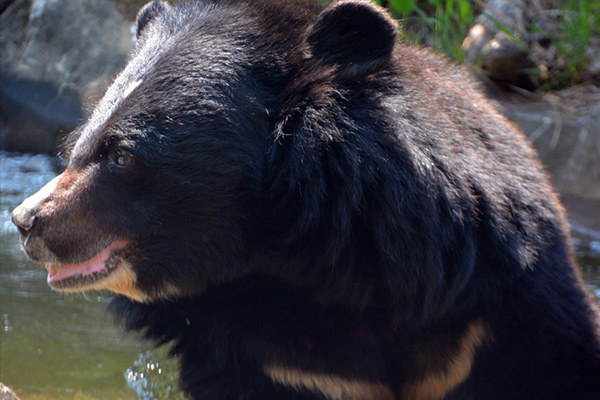
Bee sting
Symptoms
Treatment
Prevention
Venomous snakebite
Symptoms
Treatment
Prevention
When encountering a black bear

If you see a bear in the wild and it has not spotted you yet, keep a safe distance and leave quietly as soon as possible to avoid startling the bear.
